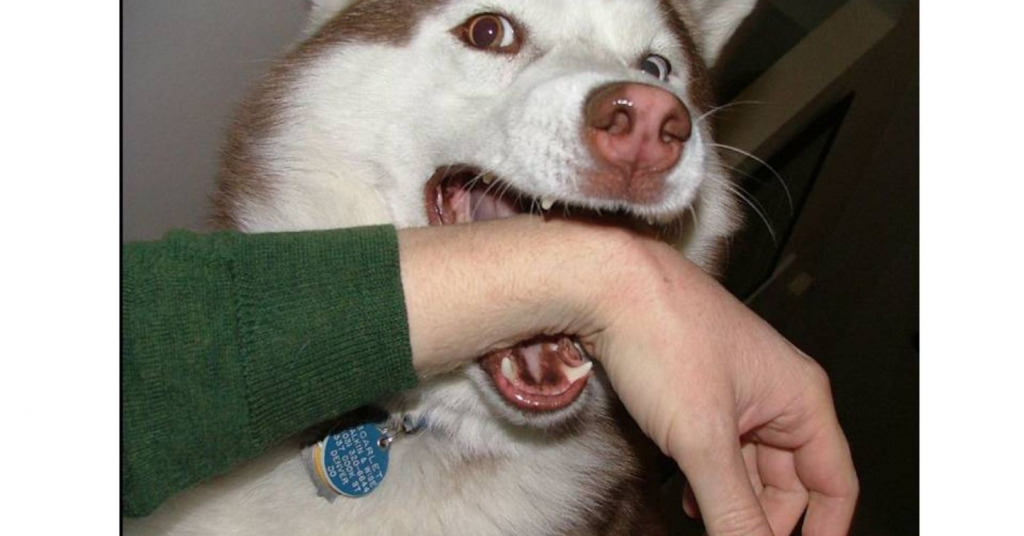Understanding what emotional intelligence looks like and the steps needed to improve it could light a path to a more emotionally adept world. Verified by Psychology Today
Posted October 18, 2022 Reviewed by Michelle Quirk
When it comes to behavior problems that are severe enough for a dog owner to consider parting ways with their pet, numerous studies have shown that aggression toward the owner, strangers, or other dogs are almost always among the top three (along with excessive barking and failures in housetraining).
In recent years, much of the research looking at dog aggression has focused on differences among dog breeds or other genetic factors. However, canine behaviorists have always believed that environmental and social factors play a role in the likelihood that any given dog might display aggressive behaviors. Confirming this belief is a new study out of Brazil from a team of investigators headed by Flavio Ayrosa at the Department of Experimental Psychology at the University of São Paulo.
The study involved 665 owners of pet dogs over the age of 1 year. There were a variety of different dog breeds in the study sample, along with many mixed breeds.
The dog owners were recruited through various social media platforms. Each participant received a set of questionnaires. These gathered data about the characteristics of the dog (including its size and head shape), whether it lived indoors or outdoors, the amount of training that it had gotten, and factors associated with its social interactions with its owner.
In addition, the owners filled out the aggression sections from the C-BARQ inventory (a behaviorally validated and commonly used measure of dog behavior). The C-BARQ asks dog owners to rate how frequently they have observed certain behaviors in their own dogs.
There were a lot of data generated by this study, and there were some complex statistical analyses involved; however, there are some highlights that are significant and are easily summarized.
To begin with, there were some physical factors (which might be, but are not necessarily, breed-related) that the researchers found to be associated with aggressive tendencies. One of the most significant was a tendency for the dog’s weight to predict aggression directed toward the dog’s owner. Specifically, the odds of showing any such aggression decreased by 2 percent for each increase of 1 kg (2.2 pounds) of weight. This is consistent with other data in the literature that suggest that small dogs can be more excitable and aggressive.
A dog’s head shape was also found to be a predictor of aggression. Generally speaking, there was a tendency for dogs with wide, short faces (brachycephalic) to have the highest levels of owner-directed aggression.
The dog’s sex also was a factor. In the case of aggression directed toward the owner, there was a tendency for female dogs to be 37 percent more likely to show no signs of aggression compared to male dogs.
While head shape and size are often characteristic of specific breeds, this research uncovered a number of variables that are not breed-related but that also predicted various aspects of canine aggressive behavior.
We noted before that the sex of the dog made a difference; however, it turns out that the sex of the dog’s owner is also a factor. The researchers found that the dog owner’s gender was related to stranger-directed aggression. Female dog owners were 73 percent less likely to experience aggressive behaviors from their pets than were male dog owners.
The nature of the dog’s interactions with their owners is also important. According to the authors, “We found that dogs from owners who used to play together and go for walks were more likely to be non-aggressive towards their own owners, and that dogs which go for walks tended to be more likely to be less aggressive towards strangers.”
The dog’s living conditions also were predictive of some forms of aggression. The odds of being highly aggressive toward other dogs were significantly higher for dogs that lived outside most of the time. This is a really big effect since the dogs that mostly lived indoors had a 63 percent smaller chance of showing any form of dog-related aggression.
One of the findings that I found to be extremely interesting was the effect of dog obedience training. In this study, the effects were quite large when it comes to dog-directed aggression. Dogs who had some form of basic training were 67 percent less likely to show any form of aggression toward other dogs. In these days, When every week seems to bring another media report of a severe dog bite incident, this finding at least suggests something that can be easily done to significantly lower the probability of dog aggression. After all, basic dog obedience training classes are available almost everywhere.
While a number of the findings in this study are interesting in and of themselves, this kind of research indicates that, if we are to fully understand canine aggression, we must look beyond just the dog’s breed and consider its environment, degree of training, and social interactions with the humans that it lives with.
Copyright SC Psychological Enterprises Ltd. May not be reprinted or reposted without permission.
References
Flavio Ayrosa, Carine Savalli, Natalia Albuquerque, Briseida Resende (2022). Relationships among morphological, environmental, social factors and aggressive profiles in Brazilian pet dogs. Applied Animal Behaviour Science, 105766, ISSN 0168-1591, doi.org/10.1016/j.applanim.2022.105766.
Stanley Coren, Ph.D., FRSC., is a professor of psychology at the University of British Columbia.
Get the help you need from a therapist near you–a FREE service from Psychology Today.
Psychology Today © 2024 Sussex Publishers, LLC
Understanding what emotional intelligence looks like and the steps needed to improve it could light a path to a more emotionally adept world.

